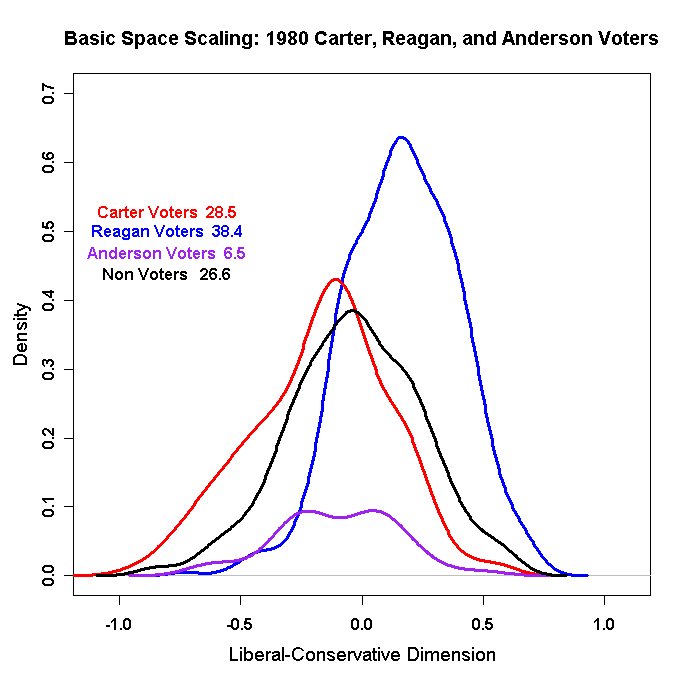

or M.D./Ph.D research programs.Īll of our graduate mentors come from underrepresented and/or first-generation backgrounds, and we are all motivated by the desire to give other students advice and access to the things we struggled with ourselves.Ĭolors of the Brain provides a supportive environment where undergraduate students can get assistance with reviewing and editing their resumes/CVs and applications for various academic opportunities, ranging from conference travel awards and research positions to graduate program applications. Photo by Erik Jepsen/UC San Diego Publications Our MissionĬolors of the Brain is a UC San Diego student organization that was founded in 2016 to diversify STEM graduate education by providing undergraduate students from historically underrepresented backgrounds with invested graduate student mentors who have gone through the transition into Ph.D. Even today, I often call them when I am feeling uncertain about my path.” ― Myriam Palomino, CoB Mentee (homage to the color field painters) The term was originally applied to the work from about 1950. They were essential to some of my best decisions they pointed me to resources I wouldn’t have found alone. If you don't have time to complete the tutorial at one sitting, you can return later the system will remember which topics you have already seen, and will pick up from there. Below are the current genetic tests offered by the Veterinary Genetics Laboratory for dog coat color.“It opened my eyes to all the ways I lacked support in my efforts to become a brain scientist. At the completion of the tutorial, you will receive a certificate with your name on it.
UCSD CPLOT 2 UPDATE
As new discoveries are made we will update our information and educational resources. Additional genes have been shown to also dilute the coat and add white patterns some of which are specific to certain breeds. call a campus are not ready for the world outside of UCSD, let. The dilution gene ( MLPH) dilutes both black and red pigments. Hs 2.23 ft (100 bands) Station 200 AUNUU, AMERICAN. (B and C) Plot of spontaneous EPSC frequency (B) or amplitude (C). Credit: 12.00 unit (s) Related Certificate Programs: + Expand All. Agonist binding to the NMDAR is required for two major forms of synaptic plasticity.
UCSD CPLOT 2 PROFESSIONAL
Beta-defensin ( CBD-103), which so far has been found to be unique to dogs, is responsible for dominant black (K locus). The area under the frequency/energy density plot is Hmo, the spectral estimate of significant wave height. Continuing Education hours: UC San Diego, Division of Extended Studies is accredited as a provider of nursing continuing professional development by the American Nurses Credentialing Center's Commission on Accreditation.

While Agouti ( ASIP) organizes the distribution of black and red pigments. The plot command creates linear x-y plots if x and y are vectors of the same length, the command plot(x,y) opens a graphics window and draws an x-y plot of the elements of x versus the elements of y. For example, the Brown gene, Tyrosinase-Related Protein 1 ( TYRP1), is a modifier that dilutes black pigment to brown but does not affect red pigment. An MR imaging pulse sequence can be thought of in two parts, firstly a preparation component which modifies tissue or. Both B and C plot the means of the percentages for the three replicates with standard error. Other genes modify how much eumelanin and phaeomelanin are produced and this results in the variety of colors and patterns found in the domestic dog. mented with 2 mM minimum essential medium nonessential amino. The listings of quarters in which courses will be offered are only tentative. All prerequisites listed below may be replaced by an equivalent or higher-level course. One of the genes involved in the production of these pigments in many species including dogs is Melanocortin 1 Receptor ( MC1R) which is also known as the Extension locus. For course descriptions not found in the UC San Diego General Catalog 202223, please contact the department for more information. Mammals have two pigments that are the basis of hair color: eumelanin (black) and phaeomelanin (red or yellow).


 0 kommentar(er)
0 kommentar(er)
